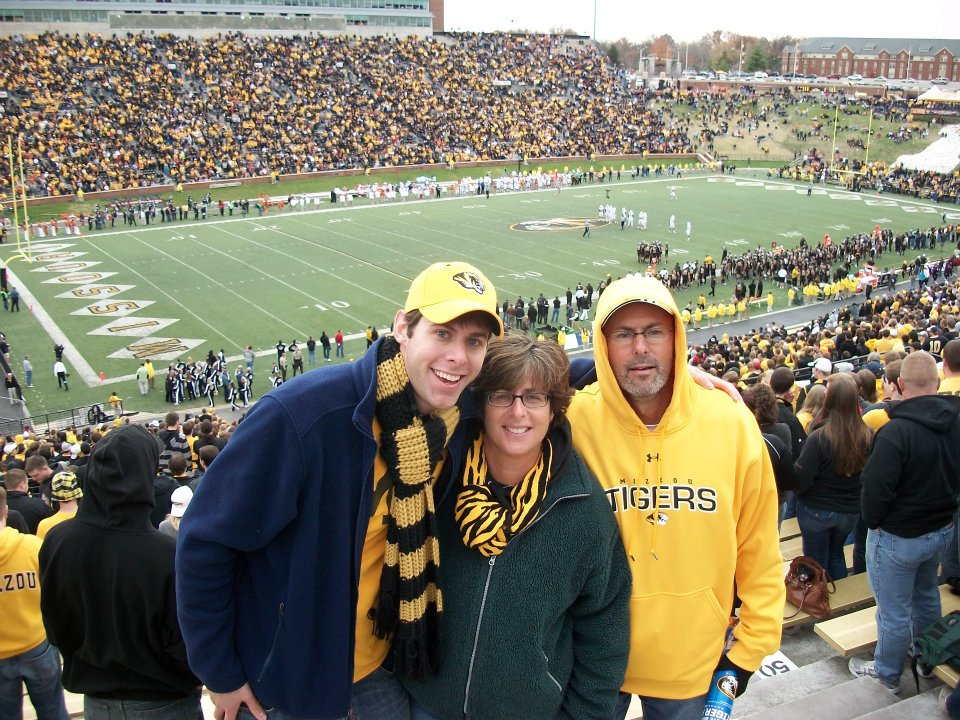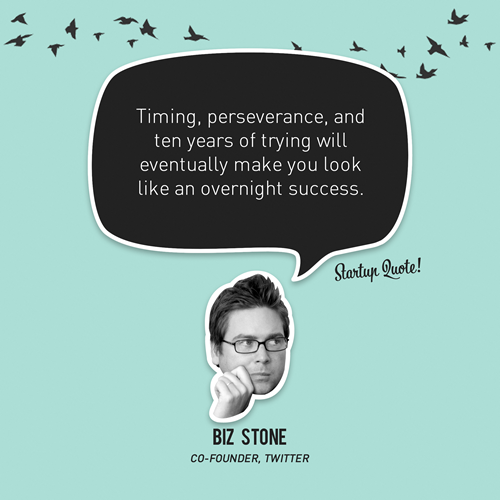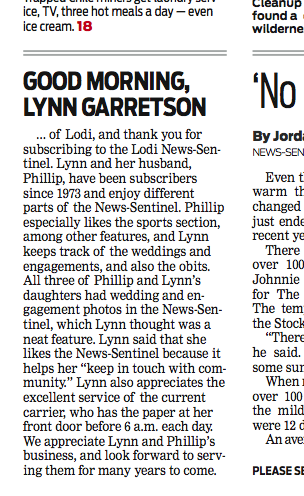I spent the weekend at NewsFoo, this unconference out in Phoenix. It’s a strange affair: The organizers — O’Reilly Media, the Knight Foundation and Google — handpick about 150 people involved in all corners of news, and they throw them in a building together for a weekend. There aren’t any sessions planned out in advance. People just show up, and what happens happens. The thing gets made up as it goes along.[1. In fact, the photo at top is of the official conference schedule that was made up Friday night, a few hours into the event.]
It was a remarkable weekend, and I had to remind myself to look up every once in a while from taking notes to remind myself that, yes, I was in this room, too. It was impossible not to enjoy the energy that everyone seemed to bring to the weekend.
I showed up at NewsFoo hoping to keep my mouth shut and steal some great ideas, but one session got my especially energized: A session about leadership, innovation, and how the two can come into play when merging the worlds of traditional news and startups. I’m not sure exactly what the session was called; Lead, Follow or the Get the Fuck Out of the Way would have been a decent title, I suppose.
But here’s what I heard that I think is worth repeating[2. Everything here is roughly paraphrased, FWIW.]:
The first step to success is defining what success means. What the editorial people think success is is often different from what the revenue people think. It’s tough to chase success if you don’t agree on what it is. — Raju Narisetti
Talk about what you’re really doing with a particular project. When you can’t agree on the size of the opportunity, it’s tough to figure out how big an investment (time/money/people) should be made to seize it. — Gregg Lindahl
When you try to apply old news operation standards to startups — where things are inherently messy — you’re going to struggle. To thrive, traditional operations must be able to tolerate risk. — David Cohn
Use human language when operating within a news organization. Avoid jargon. And when you’re trying to create organization-wide change, start at the top and work down. Once you enable the upper management to think differently, it makes it easier for lower-level employees to want to change. — Julie Starr
Break down points of resistance. Reduce friction. — Miguel Paz
If you’re chasing something really big, then prepare for it to play out slowly. But don’t say that out loud. Once you tell people things are going to happen slowly, then that’s the pace they’ll go. — Raju Narisetti
I especially loved a thing that Javaun Moradi from NPR said. He works with APIs at NPR, and he talked about NPR’s Serendipity Days. These are designated periods when the tech guys at NPR stop everything they’re working on for 48 hours, form teams and work on anything they want. They put up a board in the office and make a list of big problems. And then they get to work at solving them.
You’ve probably heard of similar corporate examples, like Google’s 20 percent time, or maybe FedEx Day.[3. I also recently stumbled upon a web development company that created a side organization to foster and promote these ideas/projects that come from outside the normal workflow.]
But what Javaun said I found especially insightful. He said it’s events like Serendipity Days that help create grassroots serendipity, and that’s where the great stuff happens. Once you empower people to do, they’ll start making/building/breaking things. That’s a huge leap towards change.
And being at NewsFoo this weekend, just bullshitting about ideas and listening to so many smart people, it was tough not to feel like I was in the midst of a pretty amazing weekend proving exactly his point. What happens now is up to us, and damn if that isn’t an empowering feeling.








 My little sister graduated from college this week. We went down to celebrate graduation with her. We filed into the school’s basketball arena on Thursday. We sat and watch the processional. An orchestra played. A Dean spoke. Hands clapped, and parents ‘Woo-Hoo!’-ed, and mostly, we just sat, unbelievably proud of my little sister.
My little sister graduated from college this week. We went down to celebrate graduation with her. We filed into the school’s basketball arena on Thursday. We sat and watch the processional. An orchestra played. A Dean spoke. Hands clapped, and parents ‘Woo-Hoo!’-ed, and mostly, we just sat, unbelievably proud of my little sister.
